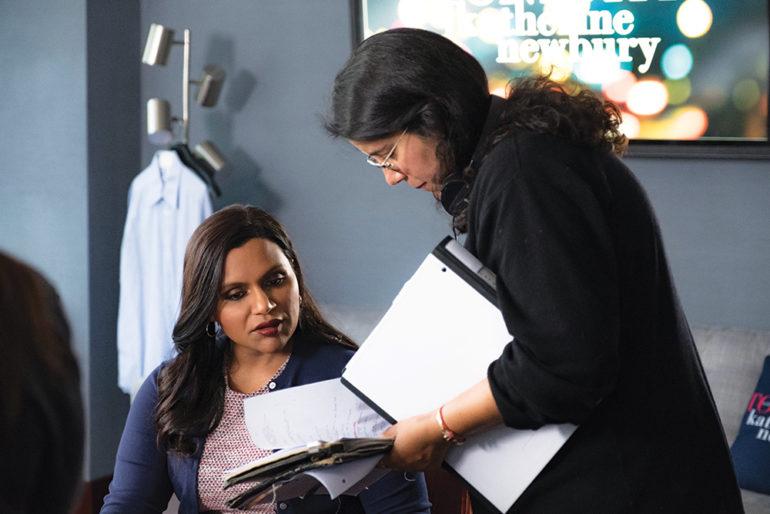Women Directors and Writers Make Gains in Independent Films But Lag on Parity
By Dave McNary
LOS ANGELES (Variety.com) – Women directors, writers, editors and producers are making inroads, reaching historic highs in the world of independent films — while still lagging in reaching parity with men, a new study shows.
The latest Indie Women study, released Tuesday, found that women achieved record-setting levels as directors (33% in 2018-19, up from 29% in 2017-18), writers (32% in 2018-19, up from 26%), producers (37% in 2018-19, up from 36%), executive producers (32% in 2018-19, from 26%) and editors (29% in 2018-19, up from 27%).
The study was conducted by Martha M. Lauzen, executive director of the Center for the Study of Women in Television and Film at San Diego State University. It surveyed women’s employment on domestically and independently produced feature-length films screening at more than 20 high-profile U.S. festivals including AFI Fest, SXSW Film Festival, and Tribeca Film Festival.
This year’s Sundance Film Festival had 45% of films directed by women, including Nisha Ginatra with “Late Night,” Hannah Pearl Utt with “Before You Know It,” Joanna Hogg with “The Souvenir” and Mirrah Foulkes with “Judy and Punch.”
The report examined more than 10,700 credits on more than 970 films in 2018-19, and over 80,000 credits on almost 8,000 films over the period of 2008 to 2019.
“After many years of tracking stubbornly stagnant numbers, this year women achieved healthy gains in a number of key behind-the-scenes roles,” Lauzen said. “Despite these increases, it is important to note that women remain dramatically underrepresented, with independent films employing more than twice as many men as women in these roles.”
Overall, men comprised 68% and women 32% of all directors, writers, producers, executive producers, editors, and cinematographers working on films screening at festivals in 2018-19.
The survey also notes that films with at least one woman director also employed much higher percentages of women writers, editors, and cinematographers. For example, on films with at least one female director, women comprised 72% of writers versus 11% on films directed exclusively by men. On films with at least one female director, women accounted for 45% of editors versus 21% of films directed exclusively by men.
“These differences are dramatic and demonstrate that when women direct films, they disrupt traditional hiring patterns, installing women as writers, editors, and cinematographers,” Lauzen said. “This tendency counters the widespread and seemingly intractable bias that has favored male networks.”
The upward shift in the survey numbers comes following several efforts to address the issue of a lack of parity among film productions. ReFrame — a coalition of industry leaders founded by Women in Film and the Sundance Institute — and IMDBPro began certifying films a year ago for their gender-balanced productions.
At this year’s Sundance Film Festival, a group of filmmakers and Stacy L. Smith of the Annenberg Inclusion Initiative launched the 4 Percent Challenge a nod to Annenberg’s study, which revealed only 4% of the top-grossing films of the past 11 years were directed by women. The challenge asked production labels, studios and individual producers to hire a woman (particularly a woman of color) as a director in the next 18 months.

